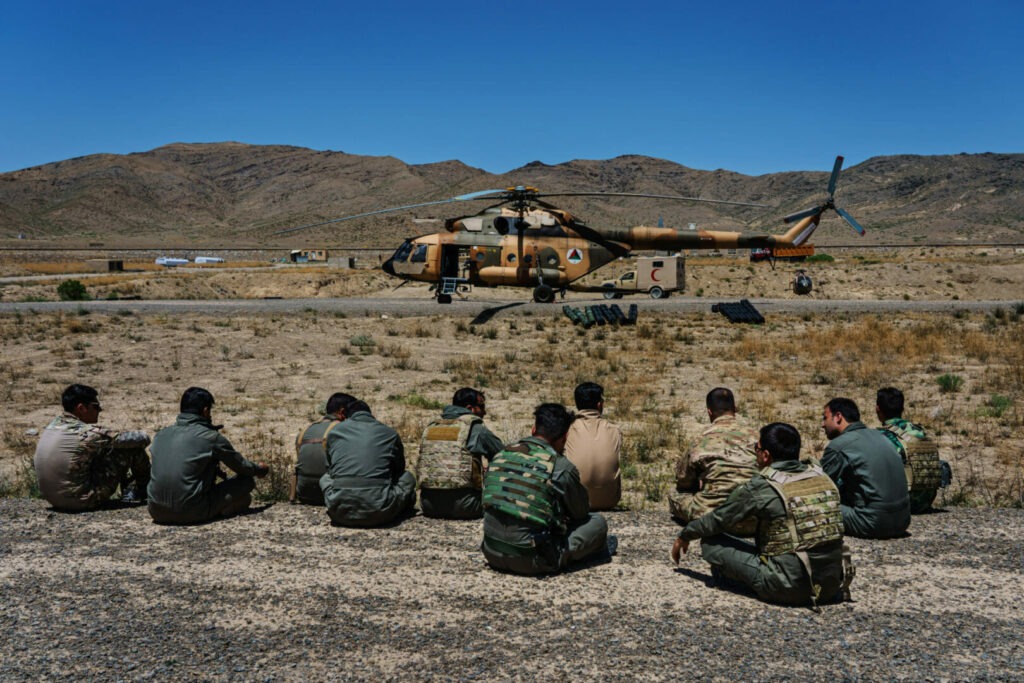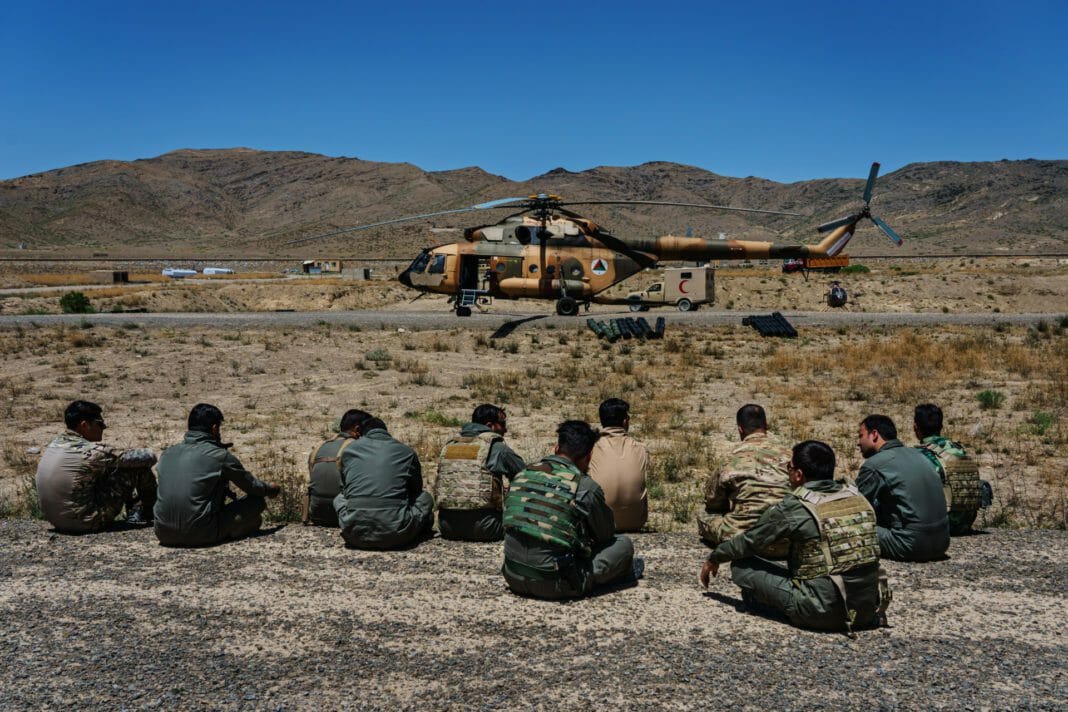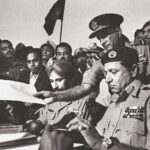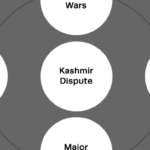Kinetic war, also known as the conventional war, deals with military actions involving active warfare, including lethal force. The phrase is used to contrast conventional military force and “soft” force, including diplomacy, sanctions, and cyber warfare. The Order of battle of an armed force participating in a kinetic military operation or campaign shows the hierarchical organization, command structure, strength, disposition of personnel, and equipment of units and formations of the armed force.
Warfare, during the first quarter of the 21st Century, is transitioning fast from a kinetic to a non-kinetic dimension. Not that the non-kinetic dimension of warfare was missing earlier. However, it is presently becoming the dominant form of fighting between the nations. The hot war will gradually become a corollary to the cold war. However, the hot war will remain an instrument to achieve the coup de grace- the final blow on the battlefield. In that sense, future wars will end even before they are started.
If that be the case, the order of battle between the warring armies will not only include comparative strengths of the contestants and the dispositions of their formations and units, but also the “soft” force, including diplomacy, power to slap military as well as financial sanctions against the adversary, and cyber warfare.
Talking about cyber warfare, the world has witnessed, how, in the not too distant past, Israel used computer malware against Iran’s Uranium enrichment facility at Natanz. The Israeli operation which was code-named “Olympic Games,” was a cyber-attack disclosed during the Obama administration that disabled nearly 1,000 centrifuges at Natanz. That attack was believed to have set back Iran’s enrichment activities by many months.
We had seen, in 1968, how Ayub Khan’s regime was destabilized by a surge of inconsequential events which now appear to have been part of a non-kinetic operation to topple him. In October 1968, a small group of students from Rawalpindi’s Gordon College was stopped at the customs check post. The students were traveling back to Rawalpindi after shopping for some smuggled hosiery, toiletry, and clothing items. Probably the students had failed to bargain on the cuts the customs people demanded. The customs officials, after seizing the items, let the students go. On their return to Rawalpindi, the students staged a protest against the customs authorities’ high-handedness. The peaceful processions soon snowballed into a countrywide agitation. It was the cloud burst uprising that removed Ayub Khan from office.
Such a scenario, blurring the lines between the kinetic and non-kinetic forms of warfare, is unfolding itself in Afghanistan. The world has witnessed the chaotic US withdrawal from Afghanistan after a twenty-year useless war. We have seen how the US, after spending around three trillion dollars on its war effort in Afghanistan, could not even raise an Afghan army to fight the rag-tag bands of marauders known as the Taliban. We saw how the Afghan National Army melted in the face of the Taliban psychological onslaught and how the Taliban reached Kabul at the end of a whirlwind advance after the withdrawal of the US and Coalition forces.

Afghanistan – The New Order of Battle
The writer is a retired Army officer. Writes on issues related to national and International affairs, important events from military history, and military technology. Considers writing as an instrument to calibrate his mind.








